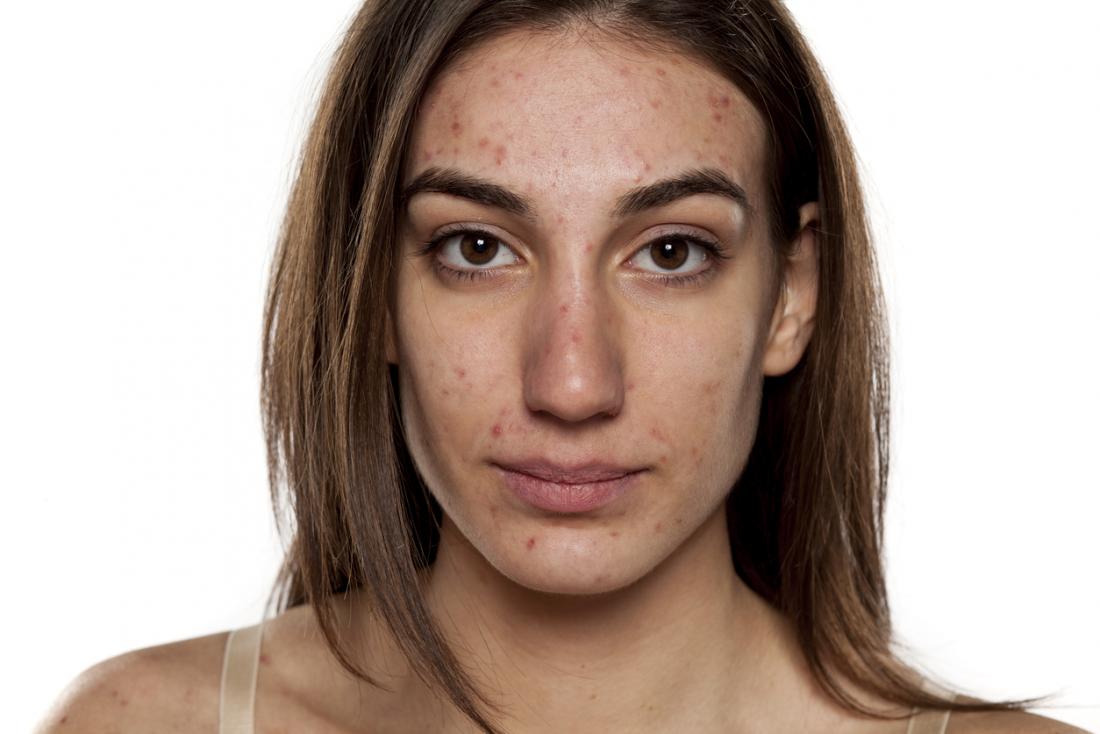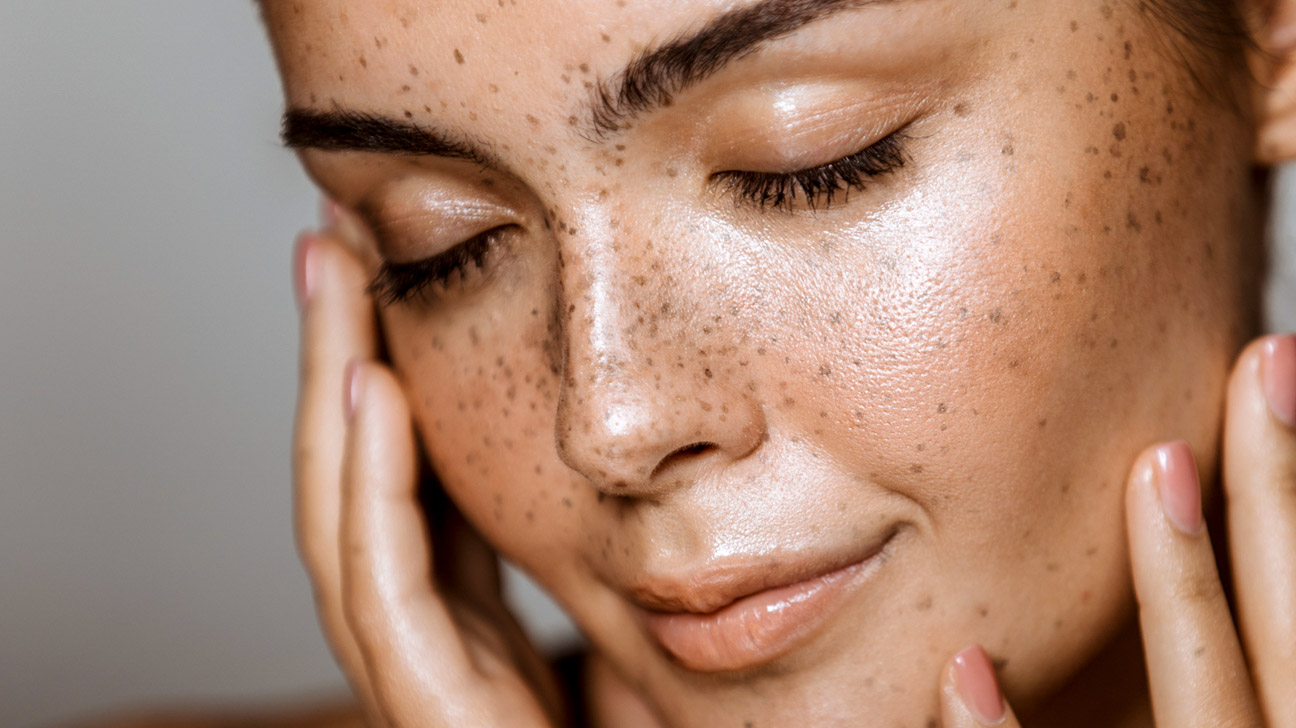Top 10 Proven Techniques For Skin Healing
 Posted On
Posted On
Our skin, the largest organ of our body, serves us in a variety of important ways, from protection to temperature regulation and much more. When it becomes damaged, it can impact us both physically and psychologically, so learning techniques to promote skin healing can really improve the quality of life for many.
Whether our skin becomes damaged from instances such as injury, surgical incisions, keloid scarring, acne, or sun damage, there are some specific skin soothing actions you can take to maximize healing in natural ways.
The skin healing process
Our bodies are always looking to heal. Yet for the purpose of survival rather than aesthetics, the body wants to heal quickly rather than looking perfectly. It does this to try and avoid possible infection but can leave us with scarring.
If you have a cut or wound, your body will immediately commence three stages to complete the healing process, the inflammatory stage, the fibroblastic stage, and the maturation stage. Whichever stage of the healing process you are at, it’s never too late or too early to find a skin care solution that works for you and your lifestyle.
Sometimes things can interrupt our natural pattern of skin healing. Medical conditions such as diabetes, some pharmaceutical drugs, diet, and lifestyle can all affect the way our skin can heal but can be managed once recognized.
Extensive research has shown that not only can you give your skin soothing treatments for the outer layers, but it’s also wise to encourage skin healing from within. Since your skin is repaired and renewed continually, it requires that three stage process to run smoothly. That’s why healing the skin from within has become just as important as taking care of the skin we can see on the outside.
Here is our top 10 round-up on proven techniques for skin healing, with some things you may relate to from experience and some you may not expect…

- Regular exercise – Exercise boosts overall blood circulation, helping the healing process by delivering essential nutrients and oxygen to the whole body and skin cells. Even gentle exercise like walking has immense benefits for the skin and overall health. Furthermore, when you sweat through exercise, this is one way your body releases toxins and waste products to keep cells healthy. Remember to stretch regularly throughout the day as well as before and after exercise to boost circulation and sooth your muscles.
- Skin foods – Foods such as apricots, bell peppers, blueberries, tomatoes and beets have become known as ‘skin foods’ because of their antioxidant content. Other foods including salmon, tuna, poultry and wholegrains contain enzymes called Qo-10 (Co-Enzyme Q-10) which have been shown to reduce some of the signs of aging. Of course, drinking plenty of water every day is also an essential part of skin healing to keep the cells hydrated from the inside.
- Avoid smoking and other toxins – Smoking has been shown to restrict blood flow and slow down the healing process as the body works harder to remove toxins from the system. Some beauty and cosmetic products contain many chemicals that also act likes toxins to the skin, especially if they are used regularly and not washed off before bed. Try to use natural products where possible and avoid activities like smoking that have been proven to delay healing.
- Keeping the area clean, supple and moisturized – Dry skin always takes longer to heal than well moisturized skin, so it’s essential to keep it clean, supple, and protected. Use a natural soap to cleanse with skin soothing extracts and moisturization properties. Once the skin becomes damaged in anyway, it can be ‘weaker’ than your normal skin, so never scrub or use astringent products on dry, sensitive, or damaged skin as it can interrupt the healing process. Always remember to wear sun protection with a good SPF.
- Vitamins for healing – Vitamin A, vitamin C and vitamin E are the main three for skin healing capabilities. Vitamin A is crucial for the inflammatory stage of healing, vitamin C is required for many roles including the production of collagen, and vitamin E is renowned for its skin soothing and healing benefits. Eating a well-balanced diet with a variety of fruit and vegetables should be sufficient intake of vitamins, however some people find supplements a great option for maintaining daily optimum levels.
- Proven supplements – Olive leaf extract is one of the few proven supplements for skin healing, reducing inflammation and fighting chronic skin infections. The healing power of the olive leaf goes back centuries and is still to this day the most widely used natural extracts for health and immunity. Olive leaf extract known as D-Lenolate is rich in oleuropein, a powerful compound with proven anti-inflammatory and antioxidant benefits. D-Lenolate Olive Leaf Extract can be taken orally and applied topically to the skin, so you can heal from both the inside and outside. The topical treatment penetrates right down to the third layer of skin, providing deep cellular change.
- Gut health – The gut is sometimes referred to as our second brain. This is because what happens in the gut can affect everything from our mood, to our blood sugar, health conditions, and skin health. It’s also the place where your vital nutrients are absorbed into your system. Ensure you have a good mix of both probiotics and prebiotics in your diet to help the balance of good and bad bacteria in the intestines. Indium mineral supplements can also be taken to aid nutrient absorption and gut health. When your gut microbiome is healthy, this ultimately fuels our skin healing process and cell repair.
- Deep breathing – your entire body needs oxygen to repair cells and run smoothly. If you find yourself taking shallow breaths, while working, reading, watching TV or daily chores, remind yourself to take deep breaths in as often as you can. This will deliver fresh batches of oxygen to your cells, assist the healing process and help you to feel calm.
- Sleep well – You may know from experience, after lack of sleep, the skin doesn’t look as glowy and healthy as it normally would. That’s because poor night’s sleep decreases the skin’s moisture levels and has been shown to interrupt healing. Good quality sleep allows our cells to detoxify, repair, and renew the skin whilst reducing inflammation. To speed up the skin healing process, make sleep a priority and every day you will wake up and notice the improvement.
- De-stress – Stress and anxiety causes our body to run from the sympathetic nervous system. This means it is using energy preparing for flight, flight or freeze, not repairing skin cells or encouraging health. It’s more of a survival state. That means things like skin health, proper digestion and take a back seat while the survival state takes priority. The more we can be in our thriving state, also known as the parasympathetic nervous state, the more healing can occur.

Each of these proven techniques work alongside each other and can be incorporated into your daily lifestyle at any stage of the healing process. Even mature skin and scars can benefit from these techniques. If you have recurring skin conditions, consult a dermatologist to find the root cause and create a personalized skin care solution for your specific need.
Author Bio:
Geoff Melcher is the President at East Park Research in Las Vegas, NV. East Park Research has conducted in-depth studies into the healing properties of the olive leaf, resulting in the development of a unique olive leaf extract formulation, d-Lenolate®.


